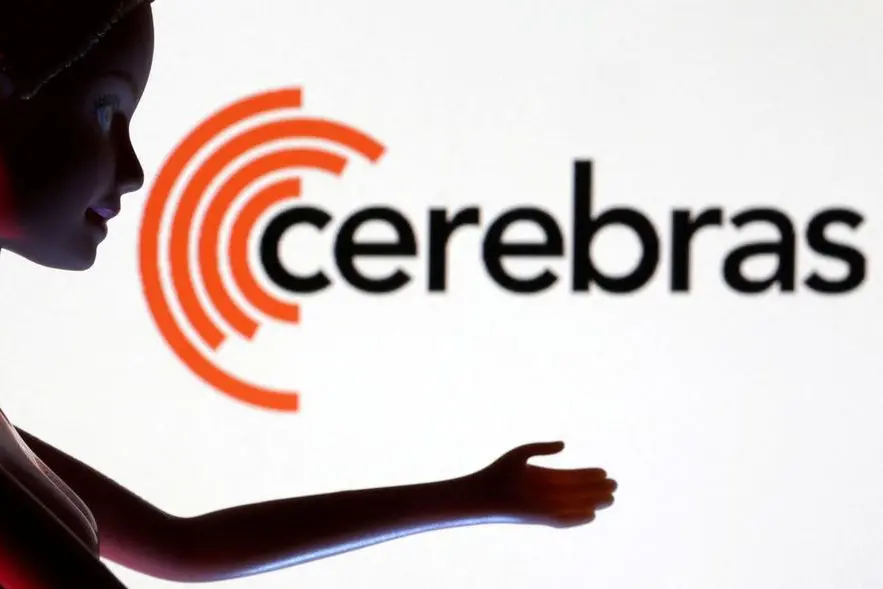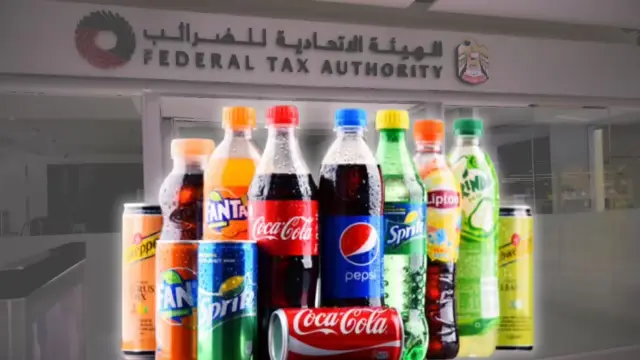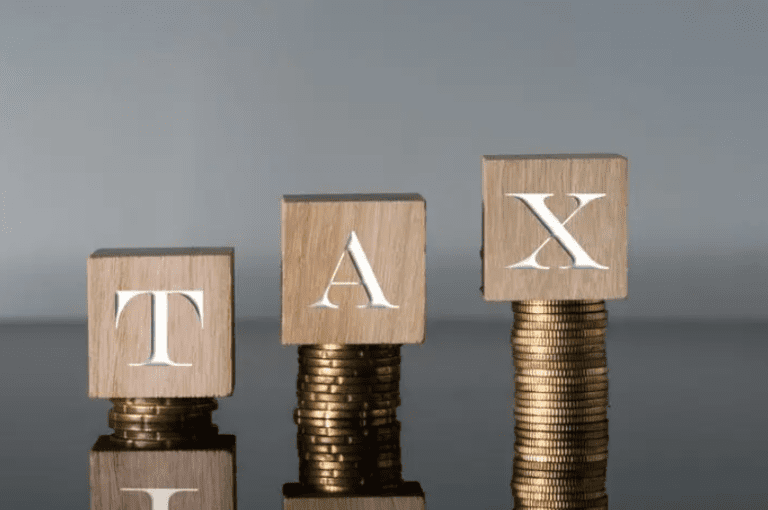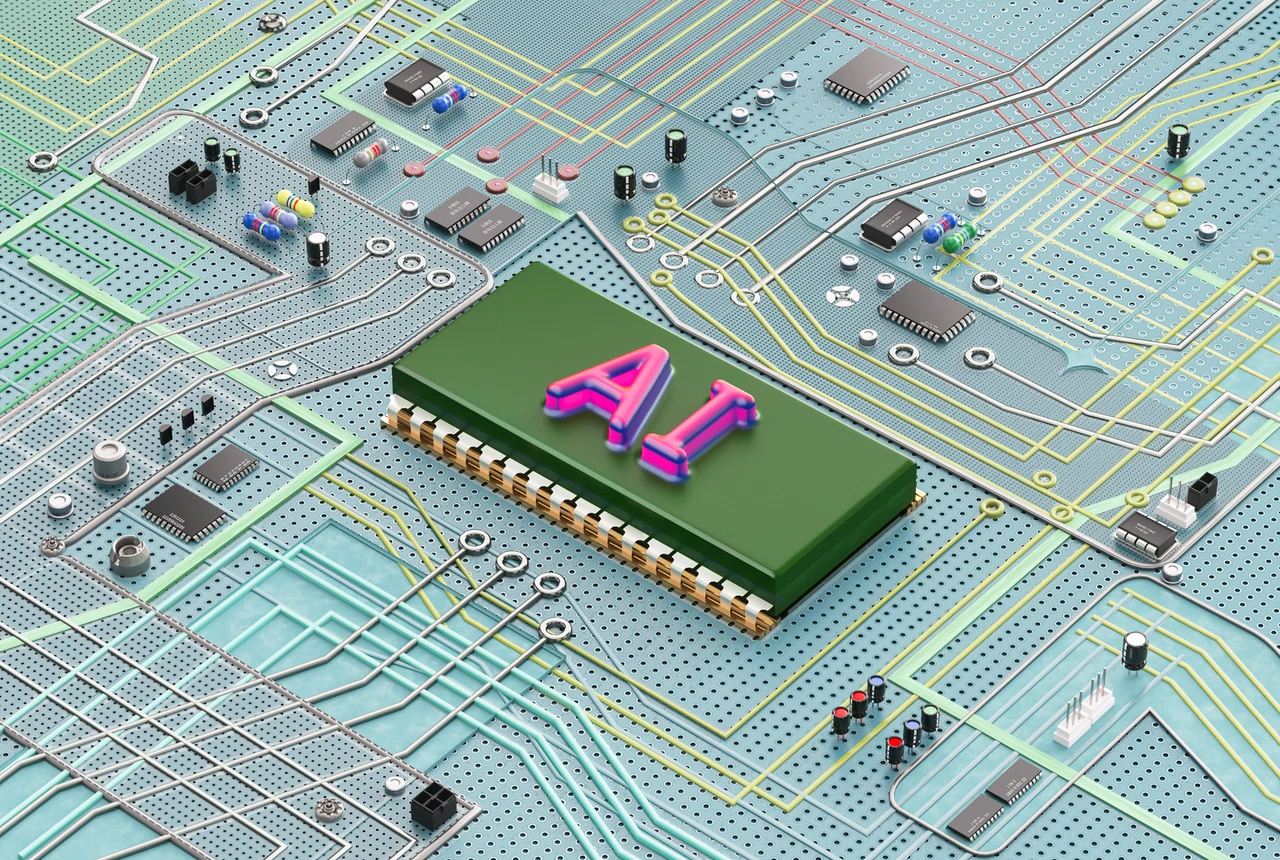Blockchain & Crypto 2025: Trends, Innovations & Regulation
Uncover how blockchain and cryptocurrency are transforming industries in 2025 with key tech updates, regulatory shifts, and global adoption trends.
Mass Adoption of Digital Currencies
Central Bank Digital Currencies (CBDCs) in use across 90+ countries.
China's e-CNY and India's digital rupee lead in implementation.
Retailers and governments accept digital payments widely.
Bitcoin and Ethereum Upgrades
Bitcoin integrates scalability layers like Taproot and Lightning.
Ethereum continues optimizing post-Merge, lowering gas fees and boosting throughput.
Layer 2 chains (Arbitrum, Optimism) gain traction for cheaper transactions.
NFT Evolution into Utility & Identity
NFTs power digital identity, event access, and IP rights.
Real-world use cases include real estate, gaming, and education.
Shift from speculative assets to functional tokens.
Enterprise Blockchain Adoption
Supply chain, healthcare, and finance sectors embrace private blockchains.
IBM Hyperledger, VeChain, and Quorum power B2B networks.
Enhanced traceability, compliance, and cost savings observed.
Regulatory Clarity in Major Economies
U.S., EU, and Asia create clear crypto frameworks.
MiCA (Markets in Crypto-Assets) law passed in Europe.
SEC, CFTC, and global bodies define tokens and security standards.
DeFi Becomes More Secure & Mainstream
Decentralized lending, staking, and exchanges see stronger audits.
DeFi insurance protocols protect users from hacks.
Cross-chain interoperability via bridges like Wormhole and LayerZero.
Tokenization of Real-World Assets (RWA)
Real estate, stocks, and bonds tokenized on blockchain.
BlackRock and JPMorgan explore tokenized investment vehicles.
Increases liquidity and fractional ownership access.
Green Blockchain Initiatives
Proof-of-Stake (PoS) dominates for energy efficiency.
Projects adopt carbon credits and renewable incentives.
Algorand, Chia, and Cardano lead in eco-conscious innovation.
Cross-Border Payments Revolutionized
RippleNet and Stellar drive fast, cheap global remittances.
Traditional banks adopt blockchain for SWIFT alternatives.
Reduction in settlement time from days to seconds.
Decentralized Identity and Web3 Integration
Users control credentials via blockchain wallets.
Verifiable credentials power education, health, and job verification.
DID solutions adopted by W3C and major tech players.
Interoperability Across Chains
Polkadot and Cosmos enhance cross-chain data exchange.
Bridges and parachains reduce blockchain silos.
Multi-chain dApps become the norm.
Smart Contracts Become Industry Standards
Businesses use smart contracts for automation and transparency.
Legal tech integrates programmable contracts with courts and notaries.
Solidity, Rust, and Move lead in contract development languages.
DAO Governance Matures
DAOs control billion-dollar treasuries with on-chain voting.
Tools like Snapshot and Aragon simplify participation.
Transparency in project decisions becomes standard.
Privacy Coins Face Scrutiny and Innovation
Monero and Zcash evolve under regulatory pressure.
Privacy features built into mainstream chains (e.g., Ethereum L2).
zk-SNARKs and zero-knowledge proofs gain developer attention.
Blockchain in Gaming and Metaverse
Play-to-earn (P2E) games use blockchain for asset ownership.
In-game items traded on marketplaces like OpenSea and Immutable X.
Major studios integrate Web3 into gameplay and rewards.
Increased Focus on Crypto Security
Cold wallets and multi-signature protection become standard.
Rise in smart contract audits and bug bounty platforms.
Companies like CertiK and Trail of Bits lead audits.
Crypto Taxation Tools Rise
Tools like Koinly and CoinTracker automate reporting.
Countries require transaction-level tracking for compliance.
DeFi taxation tools emerge for complex asset histories.
Stablecoins Evolve Beyond USD Pegs
Multi-currency stablecoins (e.g., EURS, XSGD) gain popularity.
Algorithmic stablecoins re-evaluated after past collapses.
Fully backed and regulated coins like USDC dominate.
Education and Crypto Literacy Expand
Universities offer blockchain certifications.
Online platforms (Coursera, Binance Academy) increase adoption.
Global efforts to teach blockchain to underbanked communities.
Challenges Remain
Scalability, user experience, and interoperability still evolving.
Legal uncertainty persists in some jurisdictions.
Balance between decentralization and user protection is critical.
















